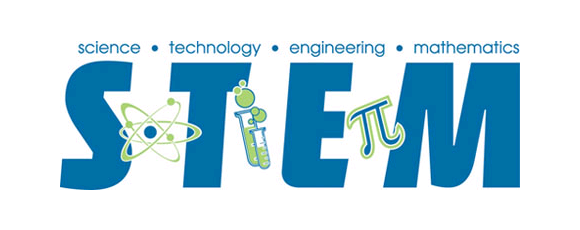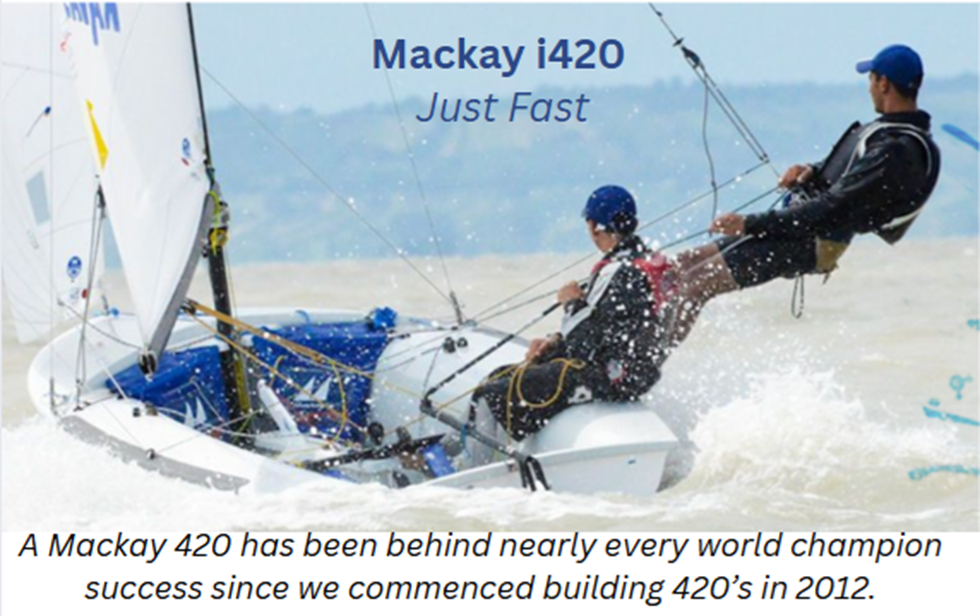
US Sailing, Spirit of America, SeaPerch, and National Sailing Hall of Fame, know America needs designers, engineers, builders, and professionals who are comfortable with math and science. They have been developing and packaging instructional materials, instructor training courses, curricula, kits, and contests so that you can offer a fun, hands-on, out-of-the-box, turnkey STEM programs as part of your organization’s waterfront training program. STEM programs make physics fun and environmental science engaging for middle and high school students by using boats to access the natural environment as a classroom. It takes a committed advocate to start a STEM program and a number of moving parts need to come together to get it off the ground. Rather than recreate the wheel, take advantage of the developmental and implementation experience of these proven and readily available module offerings.
US Sailing, through its Reach initiative, has created ten modules incorporating math, physics, environmental science, and physical science. They align with Common Core and Next Generation standards and enable educators and sailing instructors to share a common language and platform. The modules can be used as rainy day material or as four to eight-week programs that will give your students an understanding of isosceles triangles, volume, displacement, speed, and pressure differentials, and become better environmental stewards too.
Over 400 programs have purchased US Sailing’s Reach middle school STEM modules and the trend is growing. US Sailing encourages K-12 teachers and sailing instructors to attend their STEM educator training workshops as a way to acquire an immediate peer group and network of 12-15 other STEM sailing instructors and educators. These one-day, eight-hour professional development/training sessions are hosted at a number of interesting venues including the U.S. Naval Academy and Shake a Leg Miami.
Jessica Servis, US Sailing’s Reach Program Manager, believes, “Community sailing centers are the nexus for students, STEM concepts, and real world career paths. In many cases, we start at the beginning by bringing the kids to water for the first time. Once there, scientists may teach them how to take biodiversity samples or NOAA professionals may introduce them to concepts such as weather patterns”. Whether its in the lab, on the dock, or aboard a boat, when the aha! moment strikes, it’s rewarding for students and teachers alike.
Spirit of America has certified 22 programs around the country in its curriculum. Students receive five hours of instruction in each boating discipline – paddle, sail, and power boating, and they spend time on a state boating law enforcement vessel or Coast Guard vessel. Over 10,000 students have learned equipment awareness, drowning prevention, and all they need to pass their State Boating Education Course. For some kids getting that blue card is just as important as getting your automobile driver’s license.
In less than a decade, over 200,000 middle school, high school, and first year college students have been introduced to underwater robotics through SeaPerch. Sponsored by the Office of Naval Research and managed by the Association for Unmanned Vehicle Systems International, last year alone, over 70,000 students built underwater robots from SeaPerch kits. New England Science & Sailing (NESS) and other sailing and community boating programs have adapted the robots so they can collect marine specimens and debris off docks and along beaches. Over 25% of SeaPerch participants have indicated they were more interested in studying STEM after building and operating their underwater robot.
Susan Giver Nelson, SeaPerch’s Executive Director credits the program’s success to numerous factors, yet “Maybe the least tangible but most important, the kids have responded to SeaPerch in a way not seen with most other hands-on programs. One teacher, who has taught for 30 years, said, ‘This is the best thing I have ever done in my classroom’”.
If you want to add variety to your sailing program and help kids gain a hands-on appreciation and understanding for science, technology, engineering, and math concepts that may be easier understood on the beach, on the dock, in the water, or in a boat, than in a classroom, consider looking into the STEM modules that have been introduced to thousands of middle school and high school students around the country by US Sailing, Spirit of America, National Sailing Hall of Fame, and SeaPerch.
REACH – US Sailing’s STEM Education Program – http://reach.ussailing.org
Spirit of America – America’s Premier Youth Boating Education Programs – http://spiritofamerica95.org
SeaPerch – http://www.seaperch.org
National Sailing Hall of Fame – STEM Sailing™ Educational Resource Center


Leave a Reply